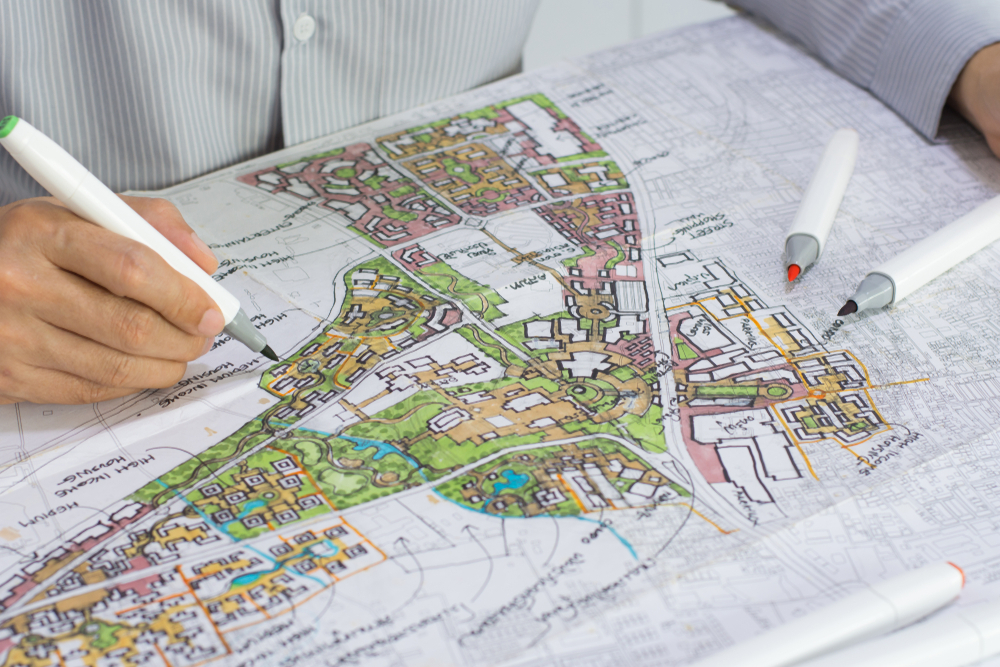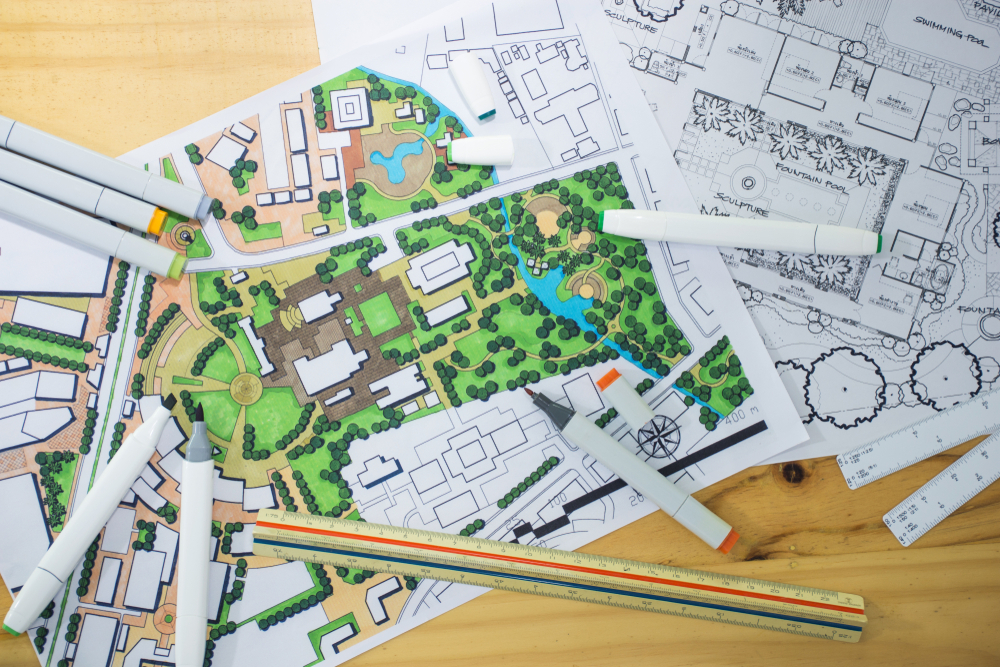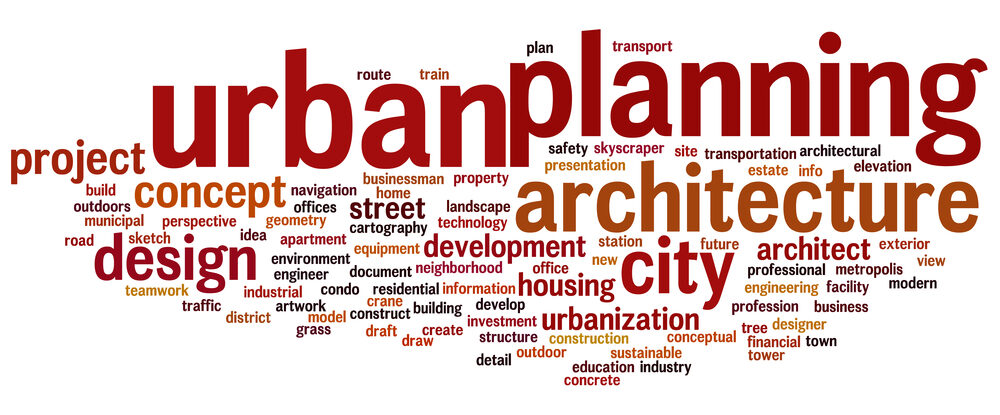
The high urban population in India has a detrimental impact on the natural surroundings. With limited resources, it becomes imperative to establish urban planning to meet this need and sustain development. Ongoing urbanization presents several challenges, the highly conspicuous one being the urban-rural divide. In India, the urban centres are the main areas of economic growth, contributing to two-thirds of India’s economic output. They are responsible as recipients of 70% of the Foreign Direct Investment (FDI). As per consumption patterns traced, the urban population drives the consumption expenditure. (1)
Obvious questions arose – Is the urban shift in India at such a rapid pace a planned process? Will it level up with the burden of the economic development it brings with it? Urban planning is required to address the mounting problems emerging from ongoing urbanization. In India, urban planning is implemented by local urban bodies or governments developing its strategies. Functionary bodies as Urban/ Metropolitan/ Regional bodies are responsible for the planning and development. The State Town Planning Act takes up the state-level work and functions within the state legal framework of each state. (2)

Urban Planning- Challenges in India
Some of the challenges of Urban Planning in India are:
- Planning – The urban government require a planning framework. The diversity of local bodies responsible for the work hinders efficient planning. Varying zone limitations, state legal frameworks and inflexible master plans make the urban land adapt to the changing needs of the migrating population. For a planned urban set-up, issues such as integrated land connectivity, landfills, urban drainage networks, and critical utility services such as hospitals and schools need redressal. Spatial plans need to become accountable.
- Housing – The entire policy, planning and regulation system is unstructured and needs sprucing up. Building regulations that obstruct urban density, incongruent floor space indices and limited access to micro and mortgage finance are pragmatic hindrances to urban settlers. Less facilitation in terms of policies, finances and services to the land and housing developers add to the misery.
- Service Delivery – Service delivery around urban development in India is ambiguous and unaccountable. The impetus is on upgrading and adding more physical infrastructure instead of sustainable development practices. Independent regulatory bodies set up tariff rates, subsidy structures and service quality standards, devoid of any intervention by a central authority as a government body. It makes the nerve centre of development financially unstable and provides below par services.
- Infrastructure – Urban bodies involved in planning and development lack access to the capital market and do not generate enough revenue to revamp the infrastructure. Cost-cutting at the time of initial outlay is done by the poor quality of construction using low-quality raw materials. The entire system is jeopardized and loses its purpose.
- Environment – Due to the lack of sustainable urban planning and development practices, the environmental impact is negatively high, affecting people’s health and quality of life. Ongoing exploitation of natural resources also contributes to the deteriorating situation.

Urban Planning: Prioritising Community Needs
Urban planning is needed to manage community needs and development. It addresses the big picture and instils meaningful action within an area or region. Architects can affect changes by focusing on providing developmental solutions. Instead of being concerned with their respective client’s needs, architects can create value within the communities and regions they live in. (4)
We need sustained development through adequate planning without compromising the ability of the living populations to meet their needs. Urban planning in India remains challenging. The disparity in population statistics to economic development rates in metropolitan India remains high. The system needs support in government policymaking, centralized governance, cost control of housing and office spaces and sustainable practices supporting the environment and quality of life. (3)

Bringing Development to the Nation
The OmDayal Group of Institutions was established in 2010 with a vision to prepare progressive architects and engineers. The college offers engineering and architecture courses affiliated with MAKAUT (Maulana Abul Kalam Azad University of Technology). It is accredited by NAAC, and AICTE and COA approve the Architecture and Engineering courses. With a robust learning environment and experienced faculty, the students are equipped with a strong foundation.
The institute also offers Vocational Diploma courses and is affiliated with the West Bengal State Council of Technical and Vocational Education and Skill Development. It also provides flexible timing and on-job training in partnership with National Small Industries Corporation (NSIC), Govt. of India Enterprise to facilitate better placements. A leading college in West Bengal, Om Dayal Group of Institutions, holistically prepares its students as future professionals.
For more information, visit: https://omdayal.com.
References:
- https://www.10pointer.com/current-affairs/urbanization-in-india
- https://byjus.com/free-ias-prep/urban-planning/
- https://www.worldbank.org/en/news/feature/2011/07/04/indias-urban-challenges
- https://www.utep.edu/extendeduniversity/utepconnect/blog/february-2019/what-to-study-urban-planning-or-architecture.html




